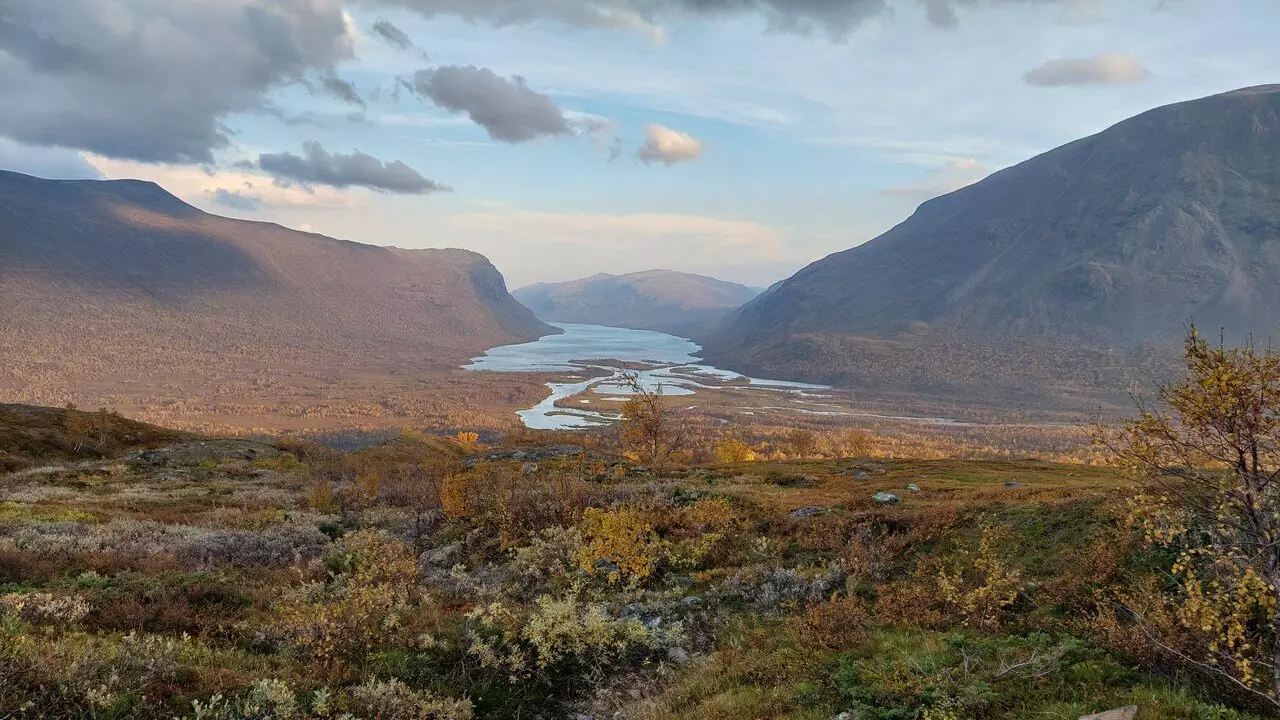The discourse surrounding climate change has predominantly centered on terrestrial ecosystems, often sidelining inland waters’ crucial role in the carbon cycle. A recent study originating from Umeå University has spotlighted the magnitude of greenhouse gas emissions released by lakes, rivers, and streams, especially in northern and elevated regions experiencing accelerated warming. This oversight in current assessments means that policymakers and scientists might gain a skewed understanding of the carbon fluxes within our environment, potentially leading to misguided climate policies.
Regions situated in colder climates, particularly those found at high latitudes or altitudes, are undergoing alarming temperature increases—recent reports suggest they are warming at a rate four times faster than the global average. This phenomenon is not just a temperature issue; it poses a direct threat to the delicate balance of these ecosystems. Researchers indicate that as permafrost thaws due to rising temperatures, large quantities of stored carbon are released into the atmosphere, contributing significantly to global greenhouse gas levels.
Understanding the implications of such emissions is vital. Current models tend to underestimate the carbon released from these areas, thus misrepresenting their role in the overall climate equation. The study conducted by Jan Karlsson and Chunlin Song makes it abundantly clear that the intricate interactions between terrestrial and aquatic systems deserve a more nuanced consideration in sustainability efforts.
The newly published research in *Science Advances* sheds light on the alarming contribution of northern lakes and rivers to greenhouse gas emissions. Analyzing data from over 3,000 aquatic systems in the Northern Hemisphere revealed that these water bodies contribute considerably more emissions than previously anticipated. This is particularly concerning because it indicates that carbon uptake processes occurring in adjacent land ecosystems may be significantly offset by emissions from these water bodies.
Moreover, the study delineates the distinctions between carbon emissions from rivers and lakes, flagging the enhanced significance of rivers, especially in permafrost-rich regions. This nuanced understanding is essential for developing accurate climate models and assessing the ecosystem services these freshwater bodies provide. By failing to account for these emissions, we risk exacerbating climate change rather than mitigating it.
Jan Karlsson emphasizes that as the climate crisis deepens, the importance of understanding the carbon emissions from cold regions might only increase. These findings serve as a crucial alarm bell for policymakers and scientists alike, emphasizing the need for an integrated approach in studying climate change. While land ecosystems are traditionally viewed as primary carbon sinks, this research suggests the necessity to analyze interactions between land and water systems to fully comprehend their collective impact on climate.
According to Karlsson, adapting our research paradigms will require robust interdisciplinary collaboration. This entails not only pooling expertise from various scientific fields but also structuring research funding and educational programs that support integrated studies. Without these targeted efforts, our understanding of the critical interplay between these systems remains limited.
The revelations from this expanded research call attention to a significant gap in our climate change assessments. By bridging the knowledge divide regarding carbon emissions from inland waters, we ultimately pave the way for more informed climate action. Addressing this issue is paramount; as global temperatures continue rising, these regions’ contributions to greenhouse gas emissions could become increasingly prominent, influencing models and policies that seek to combat climate change effectively.
To move forward, stakeholders must embrace an inclusive approach that encompasses both terrestrial and aquatic systems’ dynamics. Thus, creating unified strategies that address the climate crisis holistically, ensuring that sustainable development efforts are both comprehensive and effective in mitigating future climate impacts. The call to action is clear: we must reevaluate our perspectives and broaden our horizons in understanding the multifaceted nature of climate systems to foster a sustainable future.



Leave a Reply